Former Head Of Secret US Agency Says It Is ‘Beyond Reasonable Doubt’ That UFOs Exist0
- From Around the Web, UFO News
- July 15, 2020
‘We know they’re there,’ said Luis Elizondo, who had previously investigated UFOs in a secret agency in the Pentagon.

‘We know they’re there,’ said Luis Elizondo, who had previously investigated UFOs in a secret agency in the Pentagon.
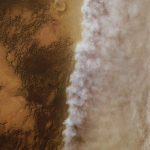
Future trips by rovers and astronauts will need better forecasts to survive dangerous weather

There’s something unusual lurking out in the depths of space: Astronomers have discovered four faint objects that at radio wavelengths are highly circular and brighter along their edges. And they’re unlike any class of astronomical object ever seen before.

With the red planet’s launch window about to open, the US, China and the UAE are all sending craft to look for answers

Scientists at Harvard University and the Black Hole Initiative (BHI) have developed a new method to find black holes in the outer solar system, and along with it, determine once-and-for-all the true nature of the hypothesized Planet Nine. The paper, accepted to The Astrophysical Journal Letters, highlights the ability of the future Legacy Survey of Space and Time (LSST) mission to observe accretion flares, the presence of which could prove or rule out Planet Nine as a black hole.
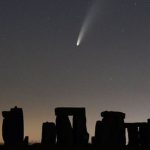
A comet has been captured on camera streaking across the skies over Stonehenge.
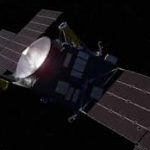
Design review stage passed for craft intended to visit iron-and-nickel mini-world in 2026
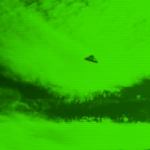
Residents of Pennsylvania have more than 358 reports of UFOs to the National UFO Reporting Center so far in the first half of 2020.

A new analysis of white dwarf stars supports their role as a key source of carbon, an element crucial to all life, in the Milky Way and other galaxies.
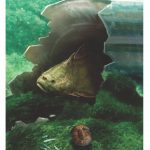
The evolution of human teeth began among ancient armored fishes more than 400 million years ago. In the scientific journal Science, an international team led by researchers from Uppsala University presents groundbreaking findings about these earliest jawed vertebrates. Using powerful X-ray imaging, they show that unique fossils found near Prague contain surprisingly modern-looking teeth.



